The opening moves of a chess game are crucial in setting the tone for the rest of the game.
The first move is usually made by White, and there are several popular opening moves to choose from.
The two most important first moves in chess are 1. e4 and 1. d4 .
These moves allow White to occupy as much of the center as possible, which is a key component in opening principles.
In addition to these first two moves, there are two other popular opening moves: 1. c4 and 1. Nf3.
These four moves comprise the lion’s share of opening theory. Established opening theory also exists for 1. g3, 1. b3, 1. f4, and 1. Nc3
Let’s take a deeper look at the major opening moves.
1. e4 – King’s Pawn Opening
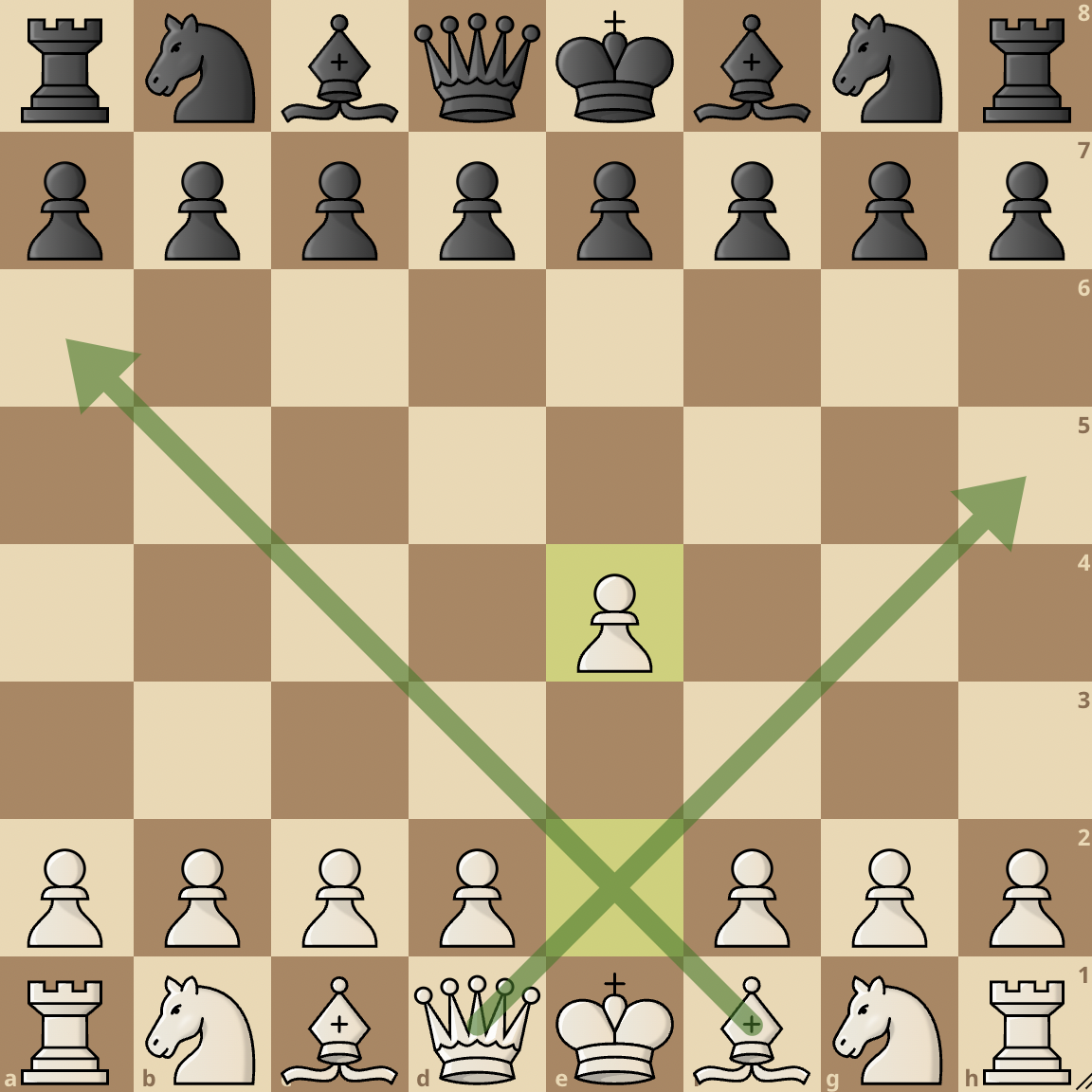
The King’s Pawn Opening is a popular chess move that is played at all levels of the game.
This opening move by White opens lines for the queen and the king’s bishop.
It’s the most popular first move and was the favorite opening move of former world champion Bobby Fischer, who called it ‘best by test.’
1. e4 also fights for control of d5 and f5, which might or might not be relevant later. Black can take those squares away again by playing 1…e6 (the French Defense).
1. e4 is usually known for wild, tactical, and complicated games.
From 1. e4, we can have openings and defenses such as the Ruy Lopez, Italian Game, Sicilian Defense, and many more.
Just check out our opening resources where we covered the main openings for White (1. e4) and the resulting defenses:
1. d4 – Queen’s Pawn Opening
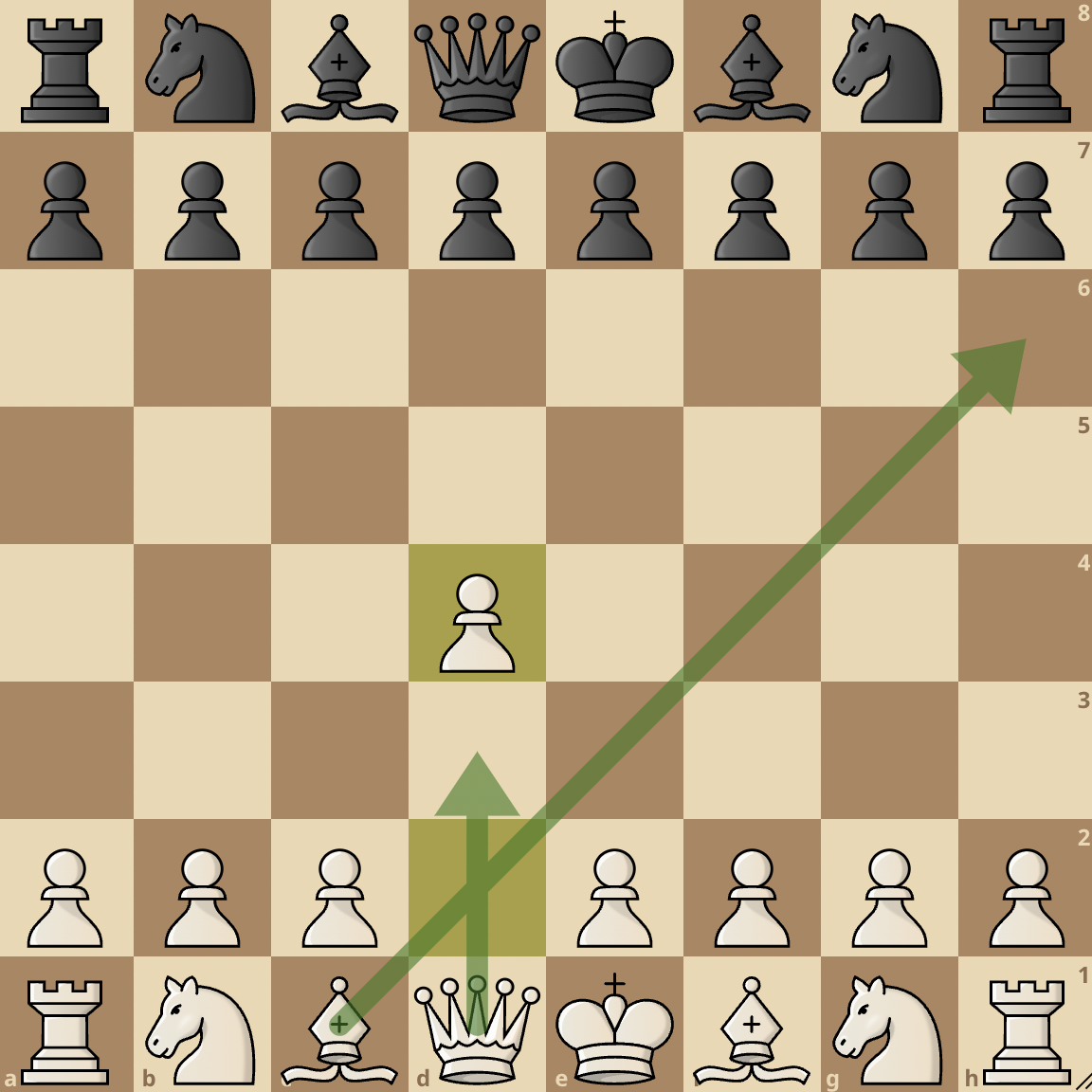
The Queen’s Pawn Opening is a popular chess move that is second only to 1. e4 in terms of games played.
This move is used by White to control the center of the board and prevent Black from easily playing …e5. It also discourages Black from developing their b8 knight to c6, where it could be vulnerable to White’s pawn advance to d5.
At this stage, the development of the c1-bishop is not a priority for White. Instead, the move 1. d4 is aimed at slowing down Black’s development rather than accelerating White’s.
Black has two popular replies to 1. d4: 1…d5 and 1…Nf6. Most other moves tend to allow White a broad center with 2. e4.
1. d4 is usually known for calm, strategic and positional games.
From 1. d4, we can have openings and defenses such as the Queen’s Gambit, Slav Defense, Grunfeld Defense, and many more.
Just check out our opening resources where we covered the main openings for White (1. d4) and the resulting defenses:
1. c4 and 1. Nf3 – Flank Openings
We have the Zukertort or Reti Opening which starts with the move 1. Nf3.
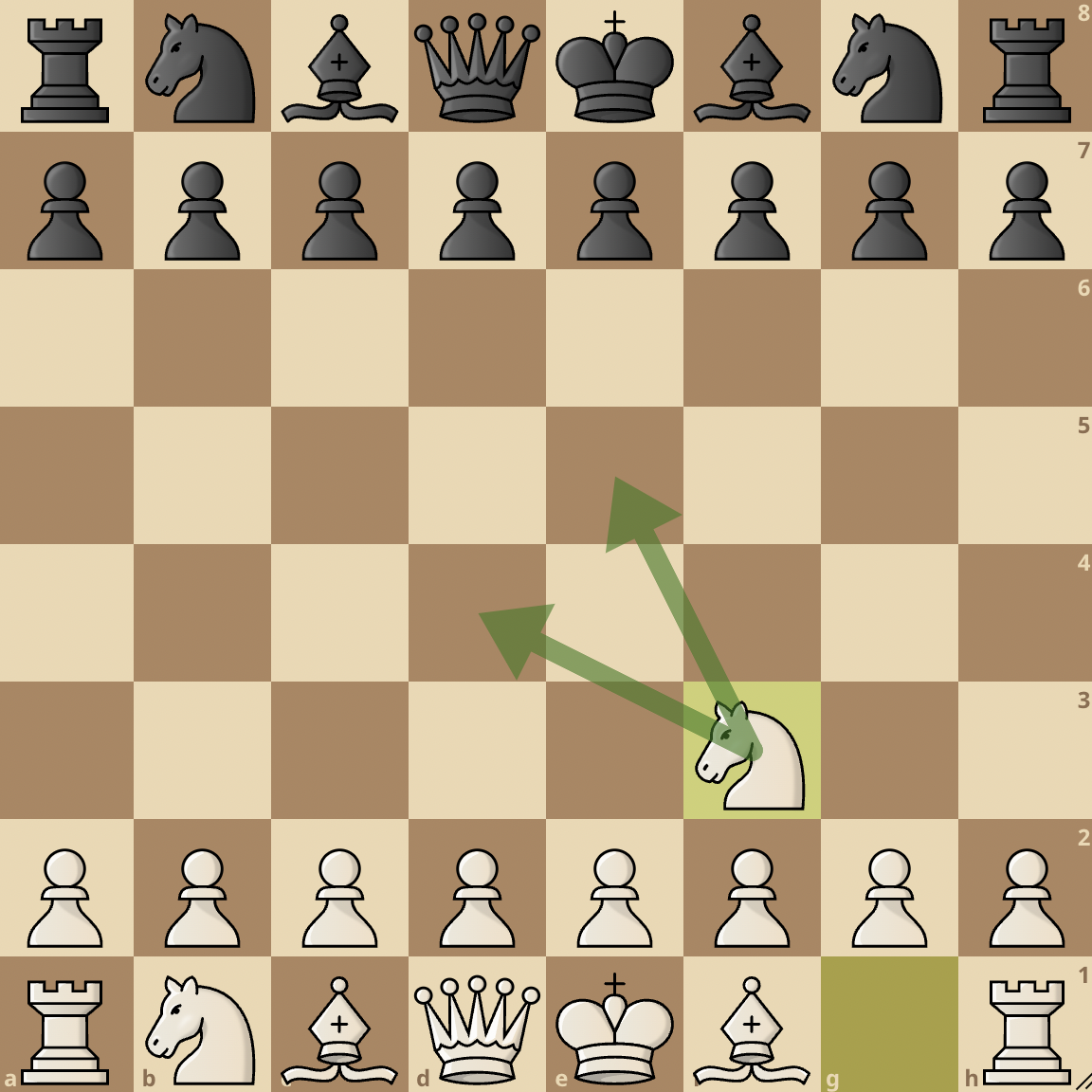
It is the third most popular initial move in chess.
This opening is very flexible as it decides not to make any pawn moves initially to see how Black responds.
By playing 1. Nf3, White also prevents Black’s 1…e5 reply, which is a move that Black likes to play for all the same reasons that White likes to play 1. e4.
On the other hand, we have 1. c4 which signifies the English Opening. It’s also known as a flank opening as it doesn’t start from the center.
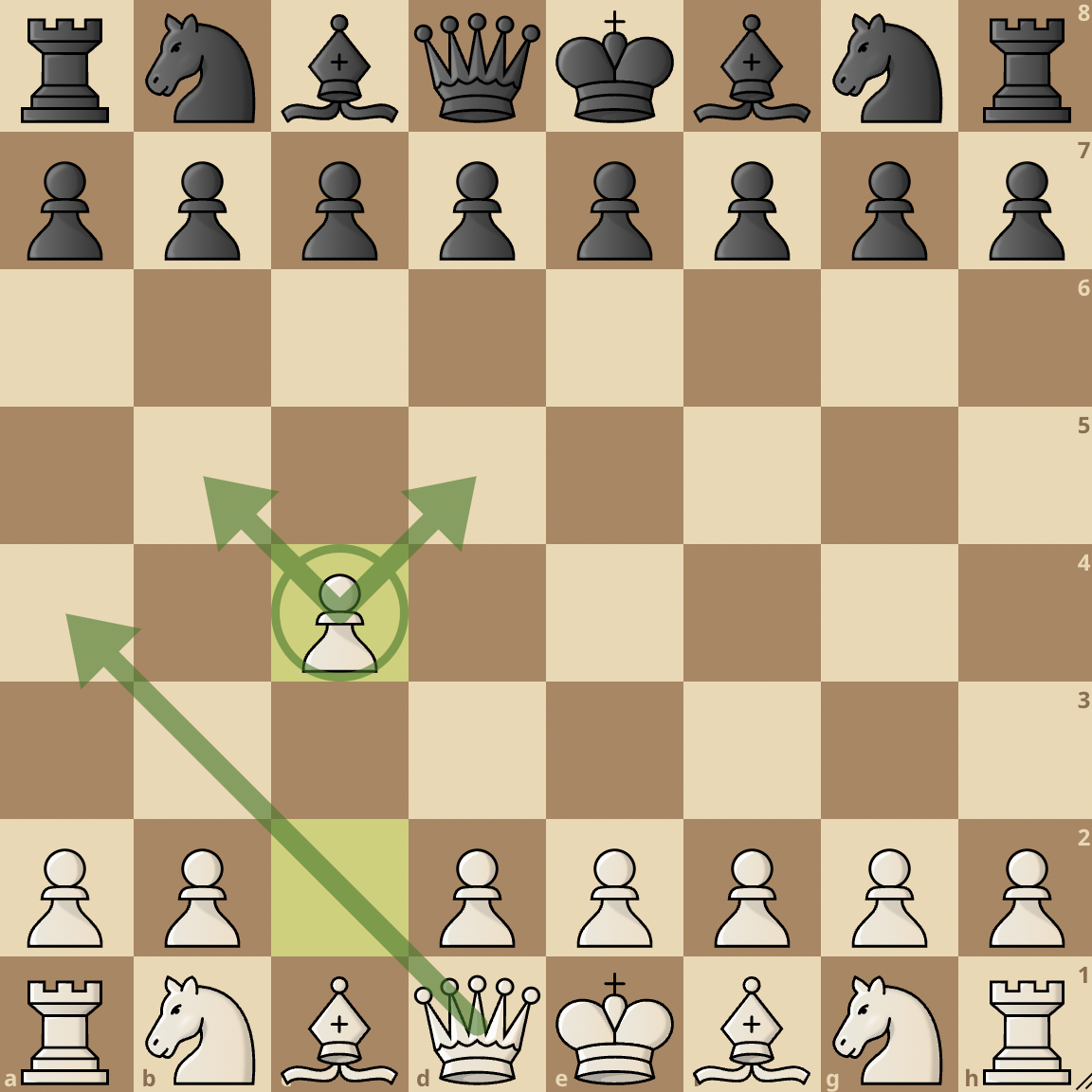
It is the fourth most commonly played opening move in chess. This opening move allows White to control the center of the board (from the flank) and also discourages Black from responding with 1…d5.
White also ensures that the c-pawn will not be blocked behind a knight on c3. 1. c4 is quite flexible as it can easily transpose to 1. d4 and 1. e4 openings.
You can learn more here: An Introduction To Flank Openings
Tips for Choosing Your First Move
Whatever move you choose to go with in the opening, here are things to watch out for:
Avoid the Edge of the Board
In the opening, avoid moving pieces to the edge of the board. The center and adjacent squares are most active, so focus your play there.
Only move to the edge of the board if absolutely necessary or when your position is already secured.
Control the Center
Controlling the center squares of the board with your pieces gives you more mobility and access to the whole board.
Place your pawns or other major pieces on squares like e4, d4, e5 or d5. This establishes a strong center position right from the start.
Develop Your Pieces
Get your knights and bishops into play as soon as possible.
Move your knights to f3 and c3 (as White), and your bishops to c4/b5 and f4/g5. Developing pieces early gives them more scope to maneuver and attack.
Castle Your King
Castling early gets your king to safety and allows your rooks to support the center. You can either castle kingside or queenside.
Don’t Bring Out Your Queen Too Early
Your queen is a powerful piece, so don’t bring her out too early before your other pieces. If she’s attacked early, she’ll just have to waste moves escaping and evading capture.
Develop your other pieces first to provide protection and support for your queen.
You may also want to see:
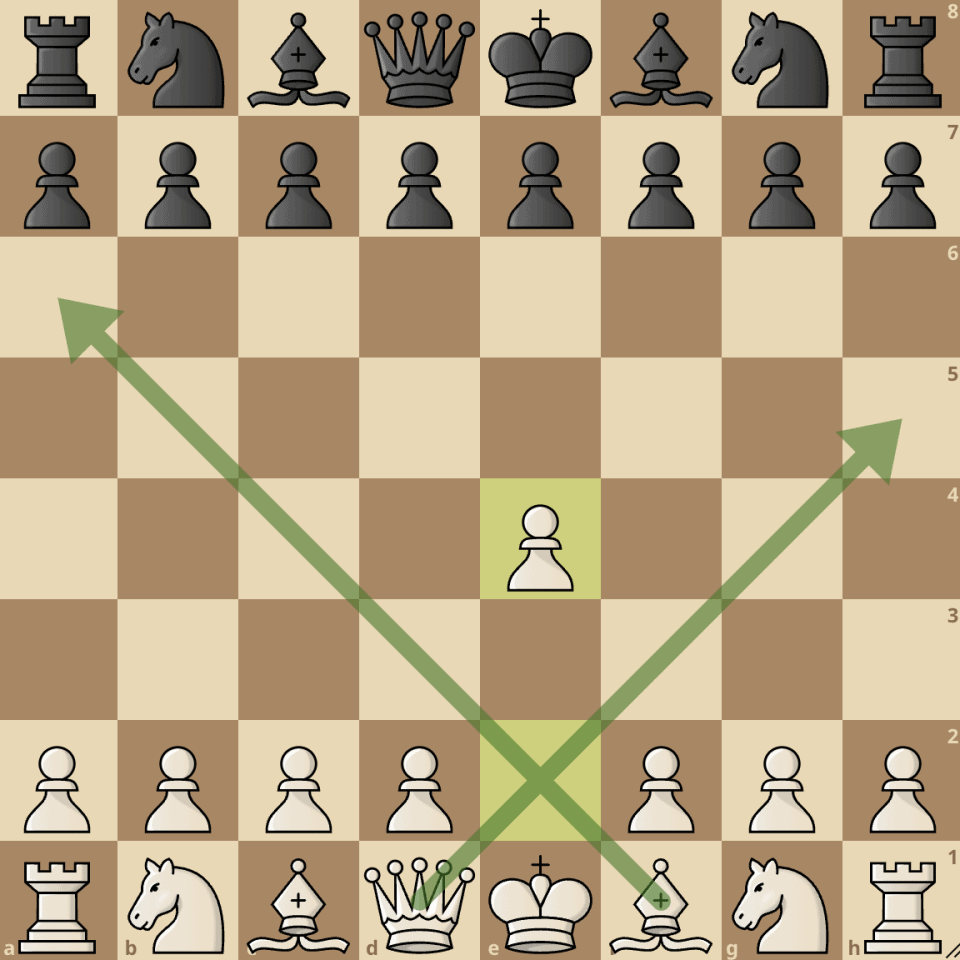




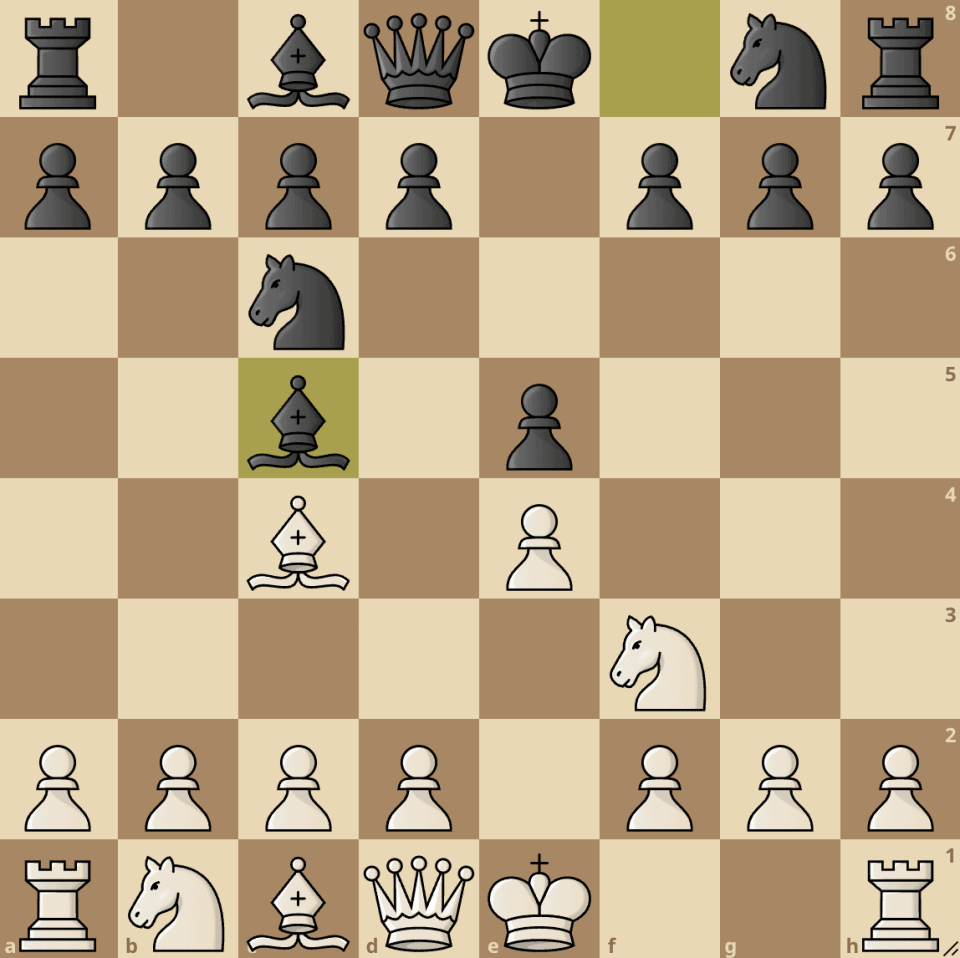

join the conversation